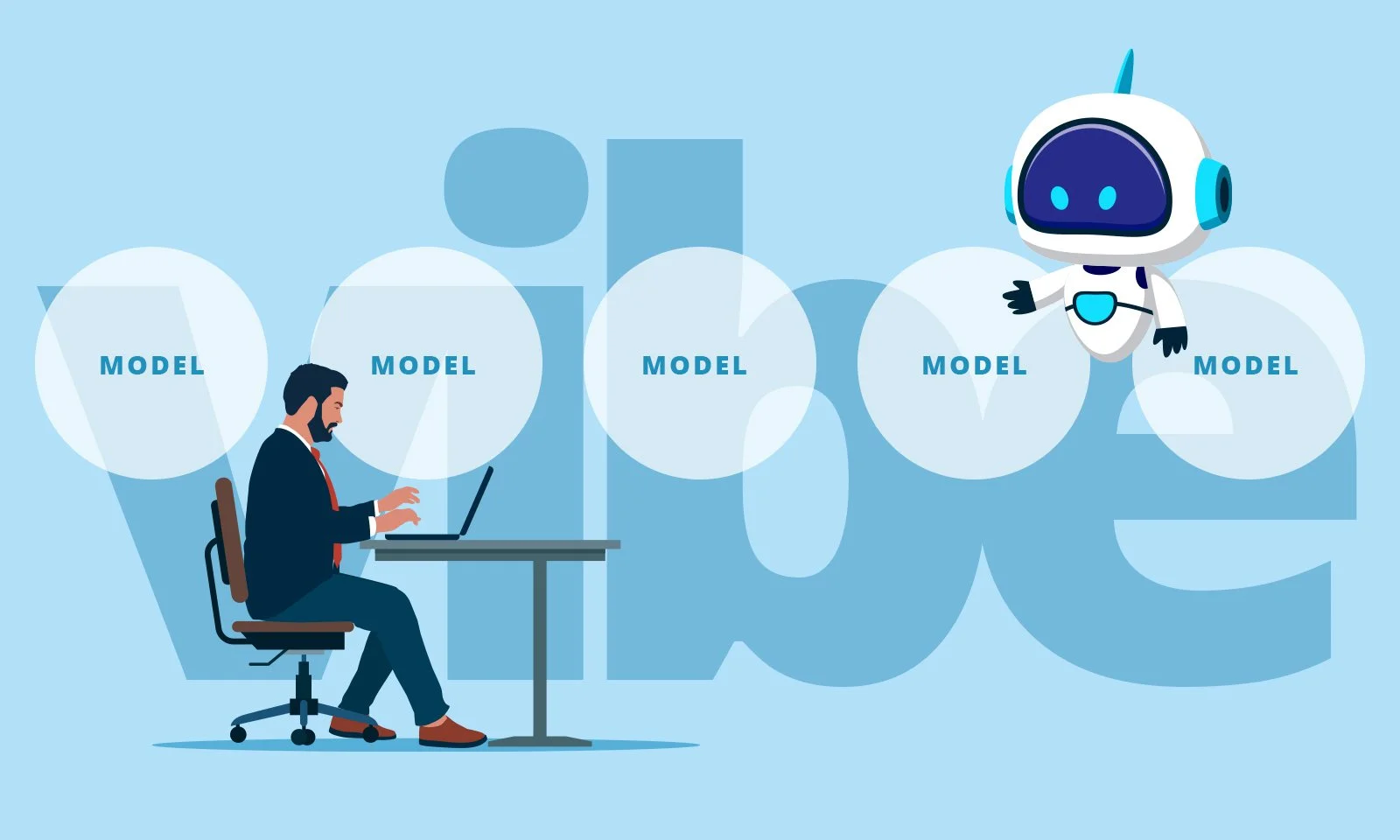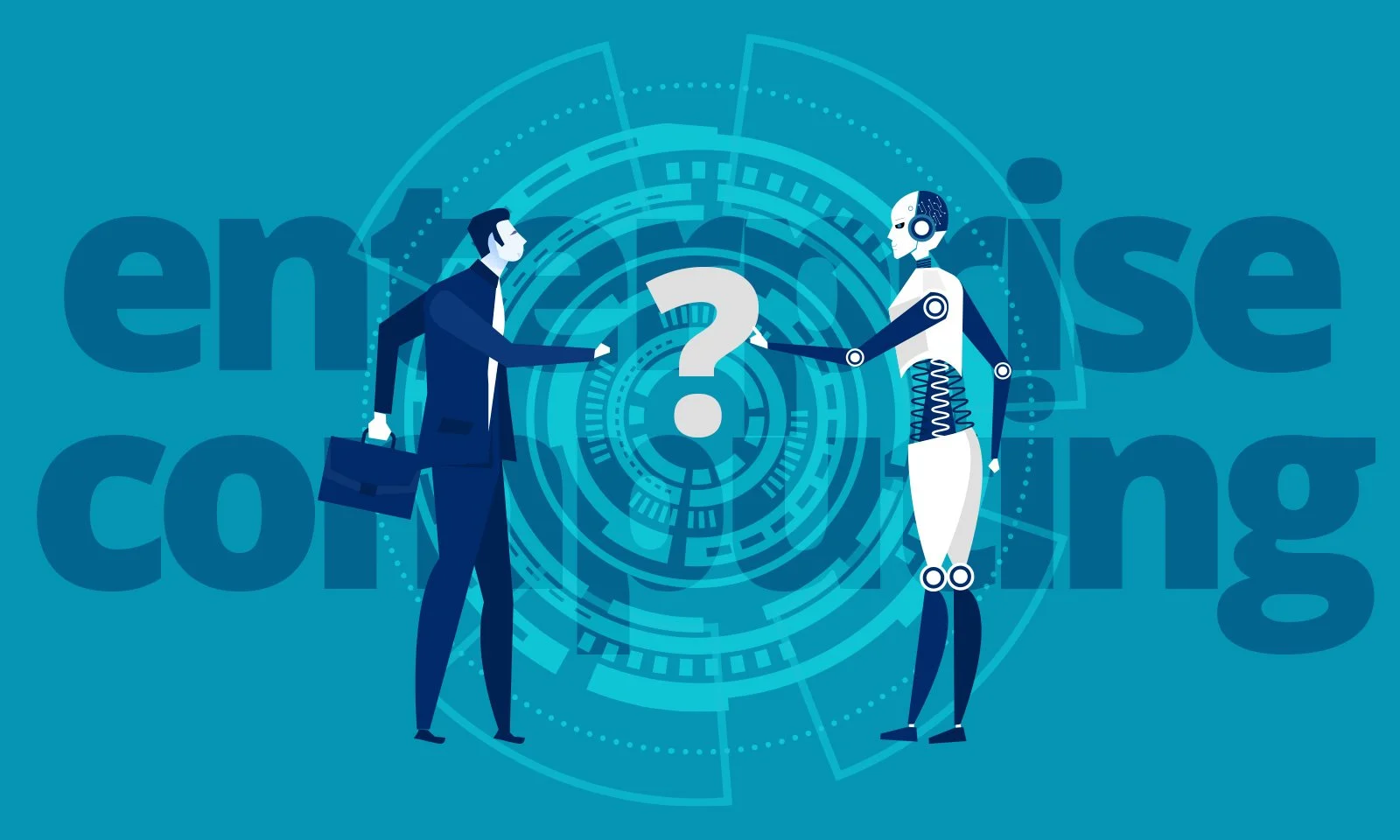AI applications edge toward outcome based pricing
Steven Forth is CEO of Ibbaka. See his Skill Profile on Ibbaka Talio.
Outcome based pricing has long been the goal of pricing. It goes by many names: pay for performance, results based pricing, success pricing, outcomes based pricing …
In the real world though, outcome based pricing has been difficult to implement. The main objections have been
Attribution - what led to the outcome and who gets to take credit
Predictability - outcomes based pricing can make revenue (for the seller) and costs (for the buyer) hard to predict
Accountability - who is responsible for taking the actions that will lead to the outcome and what happens if someone does not take actions that have been agreed on
Over the years, there has been much speculation that new technologies like predictive analytics, causal modeling, smart contracts, and artificial intelligence would lead to ways to resolve these objections.
At the same time, there has been much comment on just how conventional pricing of the first generation of generative AI applications has been. See Why AI applications are being priced conventionally. Leading pricing and growth hacker Kyle Poyar has said that “Lack of pricing innovation presents an opportunity for the second wave of AI apps.”
But as William Gibson says, “the future is here, it is just not evenly distributed.”
Over the past few months, Intercom, which calls itself an AI first customer service platform, has attracted a lot of attention for how it has priced its Fin AI agent. Is this an early example of outcome based pricing for AI applications?
Fin AI is designed to resolve customer questions. Intercom claims that it can answer an average of 50% of questions without human intervention. And that is how it has priced Fin AI.
Pay US$0.99 for each successful customer resolution. This is outcome based pricing. Why does this work?
The first thing to note is that Fin AI is only available to subscribers of one of Intercom’s tiered pricing plans.
These plans are an example of the more conventional approach to AI pricing in which the AI augments the value of an offer increasing pricing power and willingness to pay. You already have to be a subscriber to get Fin AI and its outcome based pricing.
Note that as one moves from tier to tier one gets additional value from Fin AI, without the price of Fin AI changing. At the Advanced Tier the one gets ‘Content Targeting’ and at the Expert Tier ‘Workflows for Fin’ are layered in. This initiative could lead buyers to move up package.
Making Fin AI an option only available to subscribers Intercom removes some of the objections to outcome based pricing.
Some people think of outcome based pricing as transactional, but this is wrong.
Outcome based pricing is fundamentally different from transactional pricing.
Transactional pricing is based on arm’s length interactions, where the only commitment between the parties is the transaction itself. This is the conventional buyer-seller relationship that is regarded as typical by many economists. It is not a foundation for outcome based pricing (and is not common in B2B where long term, trusted relationships are the norm).
Outcome based pricing requires ongoing relationships, coordinated actions, trust, and value sharing. The pricing of the Intercom suite and Fin AI incents these behaviors.
An ongoing relationship is implied by the subscription, cancel the subscription, and lose access to Fin AI.
Coordinated actions occur as Intercom and Fin AI are configured to answer questions for a customer’s business
Trust is built through the combination of the ongoing relationship and coordinated actions
Value is shared with an outcome based pricing model
How is Intercom addressing the three standard objections to outcomes based pricing?
Attribution - is easy in this case as payment is only made when “the customer confirms the answer provided is satisfactory or exits the conversation without requesting further assistance.”
Predictability - comes from the data that companies already have about the number of customer questions and their current resolution process, this makes it easy to predict future costs
Accountability - Intercom is accountable for operating Fin AI and only gets paid when it works, there is shared accountability for configuration, and if the question does not get answered the company using Fin AI still needs to find a way to get to a resolution
Over the next few years many other companies are going to introduce outcome based pricing for generative AI applications. To succeed they will need to solve the following matrix.











